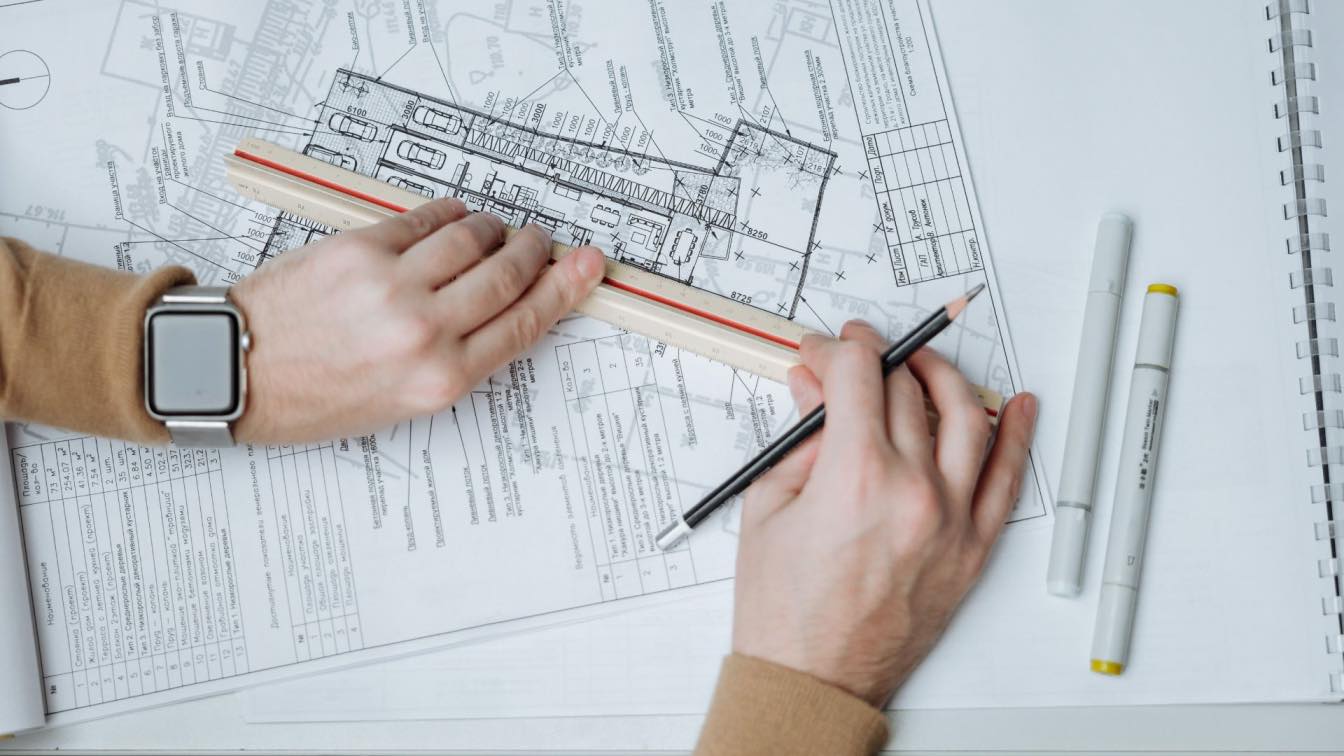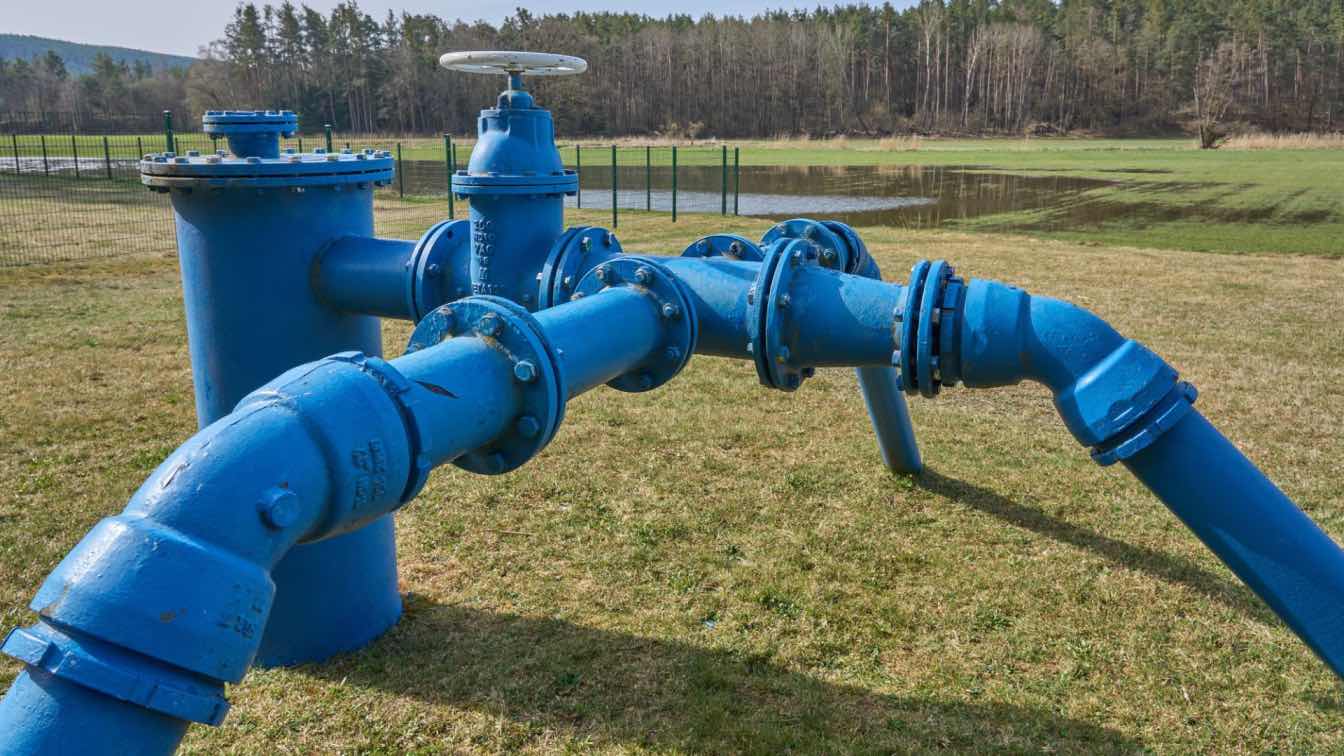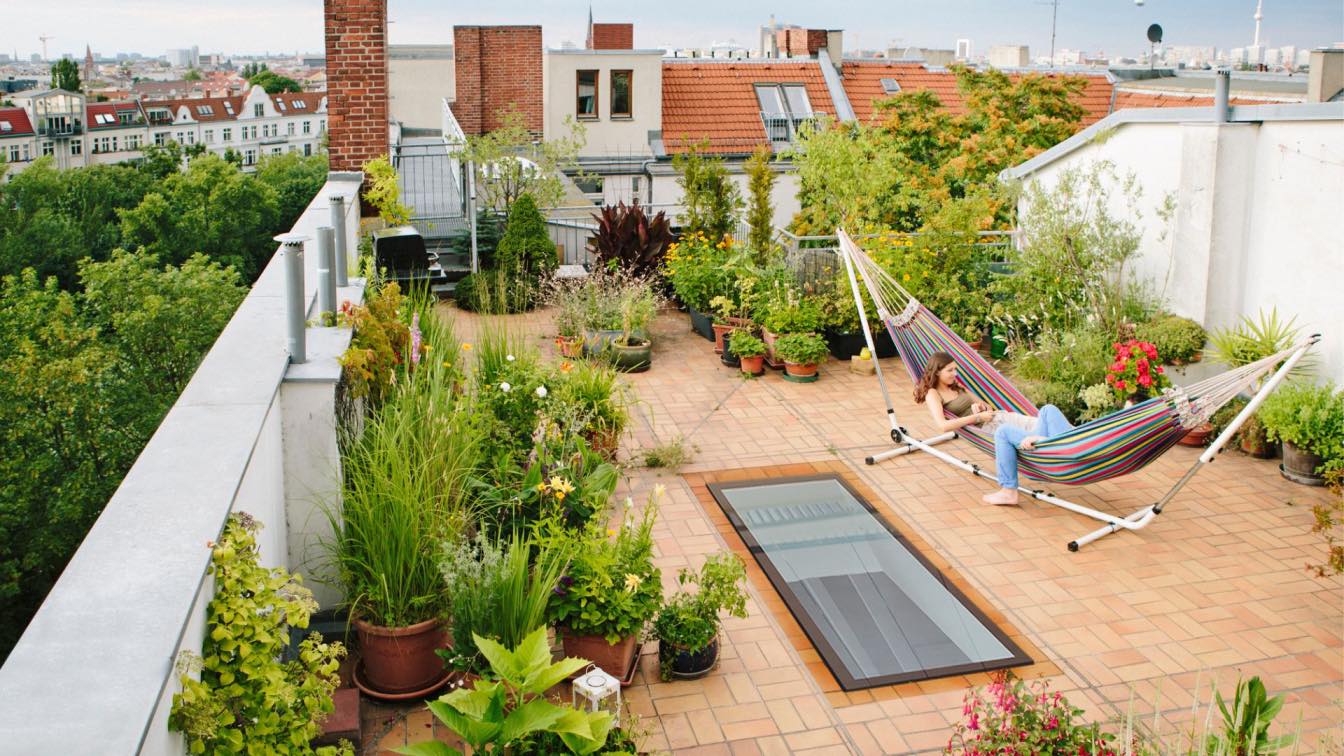Many people see architecture as a purely conceptual role. Experts dream up new construction projects, put the designs on paper and pass these on to other people to take care of the actual hands-on work involved in bringing buildings to life.
However, the reality is that architects often need to create something physical that goes beyond a blueprint, and a machine shop is the perfect place to do this. Let’s look at the reasons behind this, and the technologies involved.
Taking control
There’s the potential for a disconnect between a building’s design and its final form to occur quite early on in the process. This comes down to how tough it can be to convey an architect’s creative vision to the wider team that will be responsible for fulfilling it.
Arguably the issue here is one of control. If a designer isn’t able to imbue enough information to convey their original intent into their drawings, then it’s possible for key facets to get lost in translation.
Even the most detailed sketches can struggle to make the transition to a tangible structure, and architects can’t afford to be on-site at all times to steward their vision more directly.
However, by using a machine shop to put together scale models of a design, ideally using similar materials to those that will be deployed in the finished article, it’s possible to take back control.
Better yet, it doesn’t have to be time-consuming or require in-depth technical knowledge of crafting skills. With the help of these laser machines for sale, even a small machine shop can be used to produce complex models using designs taken from the latest software solutions.
Identifying flaws
Another reason to make use of a machine shop as part of the architect’s design process is to make sure that the concept is sound outside of the realm of the imagination.
Even when you convert it to a comprehensive 3D model in software, there is still room for issues to go unnoticed, even if they are merely aesthetic.
Choosing to also make a tactile model, built to scale with modern equipment, will give you that extra level of insight that could set your next project apart.
For example, you could realize that your initial choice of cladding material has some adverse or undesirable impact on the look of the structure, even if it originally seemed like the right choice. You could even determine that there’s an angle from which the profile is less than perfect, and it takes occupying the same physical space as a model to appreciate this.
Selling the concept to non-experts
It’s all too easy to get caught up in the architectural ecosystem and assume that everyone else you engage with has the same in-depth knowledge of the profession, and thus an innate understanding of what you are trying to achieve with your designs.
However, the process of conjuring up a building from the ether can be baffling to the average person, and it’s usually non-experts that you need to convince when pitching a design.
Making models with machine shop equipment and taking them to a presentation, or bringing clients into the office to see them arrayed in just the right way, will say much more than any speech you’ve prepared to explain your intentions.
Likewise, if a client has questions or concerns about something they see, it’s much easier for them to express themselves to you, and thus the wheels of collaboration are greased.
Outsourcing where necessary
The last thing to point out is that you don’t need to procure your own machine shop and invest in all of the equipment necessary to produce architectural models in-house.
It could be that you only pick up one piece of equipment, such as a 3D printer, to produce basic prototypes, and then outsource the rest of the more complicated work to a local fabricator. You could even turn to design students at a nearby university to get a low-cost equivalent of this.
So as you can see, machine shops and architecture are more closely related than is apparent from the outside, and professionals in this field have a lot to gain by embracing what they have to offer.





